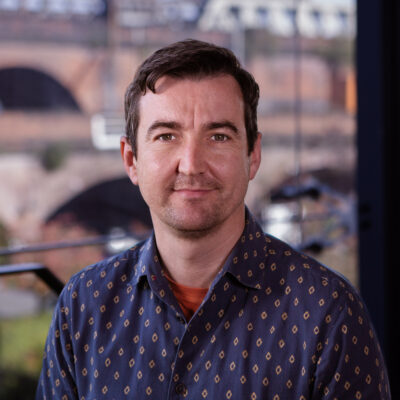Four truths about people-centric change
Do you remember the Robert Zemeckis movie, Mars Needs Moms? Me neither. On the list of all-time box office flops, that one is at the top, with a loss of $144 million. It didn’t matter that it came from the acclaimed movie producer of Forrest Gump and the Back to the Future trilogy. It wasn’t done well, and people didn’t go to see it.
Contrast that to what started out as a small film but has grown into an iconic and box-office success, Field of Dreams, with the compelling line: “If you build it, they will come.” It spoke to people’s hearts, so that’s exactly what they did—they came to see the movie and loved it.
People: They can make or break any endeavor.
Let’s leave Hollywood and turn our attention to organizations. Successful organizations are adaptable, changing to better serve their markets and stakeholders as times, technology and expectations evolve. Smart leaders know that before implementing better systems, new processes or updated strategies, they must ensure they have one essential element in place—people. People who are willing to make the change.
Without them, the best systems and intentions will fail. This is not a revelation. All sound change management practices will include some element of reaching people, even if structure has the main stage. We’ve found that how you engage and involve people makes all the difference. From our experience of combining behavioral science with employee engagement, here are four truths we’ve uncovered in creating a people-centric approach to change.
- Create an environment where people feel the change is happening with them, rather than to them. This is easy to say but harder to put into practice, since workplace change is often mandatory.
- Listen to what people think and need. Start before the change happens, if possible, but listening at any stage of the change will provide key insights.
- Provide a non-threatening way for people to express their knowledge, thoughts and feelings about the change. When you know this, you’ll know how to spark them to take the next steps toward change.
- Inspire lasting change through targeted communications, creativity and impactful experiences that meet people at the stages of change they’re in.
And back to Hollywood for motivation from the wildly successful Back to the Future series.
Christopher Lloyd’s Doc Brown tells us:
“The future isn’t written. It can be changed…Anyone can make their future whatever they want it to be.”
Here’s to sparking people to accomplish great change for the future!



